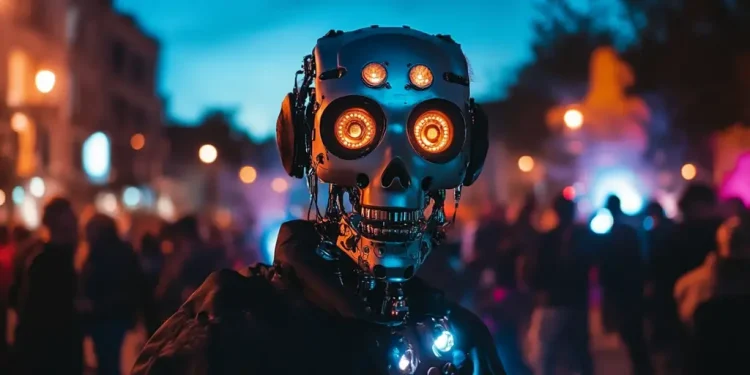Everyone loves a good Halloween story, especially when it involves a mysterious parade that never actually existed! Recently, a fake AI-generated Halloween parade listing caught the attention of many, turning heads and leaving some scratching their own. The mastermind behind this curious caper is speaking out, and he’s here to clear the air. So, why did he do it, and what was he trying to achieve?
The Birth of a Fake Parade
It all began with an idea—a simple thought about the power of artificial intelligence and its challenges in creating believable stories. Our protagonist, let’s call him John, found it fascinating how AI can generate numerous things, including planning fictional events with such conviction. Inspired by the intriguing capabilities of AI, he crafted a Halloween parade listing so convincing that it captured the imagination of many.
“I wanted to showcase how AI can blur the lines between what’s real and what’s not,” John explains. “It was never meant to deceive, but rather to provoke thought about how we interact with AI-driven content in our daily lives.” With Halloween on the horizon, what better setting for a phantom parade?
The Message Behind the Mischief
John insists his intent wasn’t to trick people in a harmful way but to create awareness. With the rise of AI technology, he wanted to remind everyone to question what they see online. “In a world where we’re constantly bombarded with information, it’s important to maintain a healthy skepticism. Whether it’s a parade or a piece of news, always consider its source,” he advises.
The Halloween parade listing was an exercise in understanding the extent of AI’s capabilities and a playful take on our modern-day interactions with technology. It also served as a reminder of the need for digital literacy in the era of AI.
Reactions from the Online World
Unsurprisingly, the buzz around the fake parade was mixed, as many found it entertaining while others felt duped. Some embraced it as a reminder of the fun and mischief that Halloween embodies, while others questioned how easily misinformation could spread, even when it comes with a light-hearted twist.
“I didn’t expect it to go viral,” John admits. “But the discussions that followed were an interesting look at how AI and misinformation interact, how they can blend so seamlessly into our digital experiences.” For many, it quickly became a lesson in verifying information before accepting it as truth.
The Fun in the Fiction
While the parade listing was entirely fictional, it opened up a conversation about AI’s role in content creation and the ethical dilemmas that come with it. John hopes that his little stunt will encourage more thoughtful consumption of media and inspire creators to think carefully about the messages they release to the world, AI-driven or not.
“At the end of the day, it was all in good fun,” John says with a smile. “Halloween is about tricks and treats, after all. This was just a modern version of the former, reminding us to enjoy the fantasy, but not lose sight of reality.”
As the virtual dust settles, John’s phantom parade lives on as a story reminding us of AI’s profound impact on our society. So, next time you’re planning Halloween activities, just remember: not every spooky story comes with a live-action parade.










